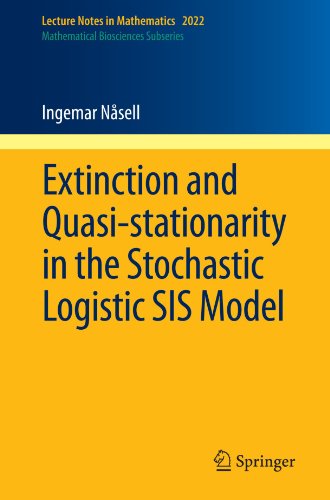

Most ebook files are in PDF format, so you can easily read them using various software such as Foxit Reader or directly on the Google Chrome browser.
Some ebook files are released by publishers in other formats such as .awz, .mobi, .epub, .fb2, etc. You may need to install specific software to read these formats on mobile/PC, such as Calibre.
Please read the tutorial at this link: https://ebookbell.com/faq
We offer FREE conversion to the popular formats you request; however, this may take some time. Therefore, right after payment, please email us, and we will try to provide the service as quickly as possible.
For some exceptional file formats or broken links (if any), please refrain from opening any disputes. Instead, email us first, and we will try to assist within a maximum of 6 hours.
EbookBell Team

4.7
96 reviewsThis volume presents explicit approximations of the quasi-stationary distribution and of the expected time to extinction from the state one and from quasi-stationarity for the stochastic logistic SIS model. The approximations are derived separately in three different parameter regions, and then combined into a uniform approximation across all three regions. Subsequently, the results are used to derive thresholds as functions of the population size N.